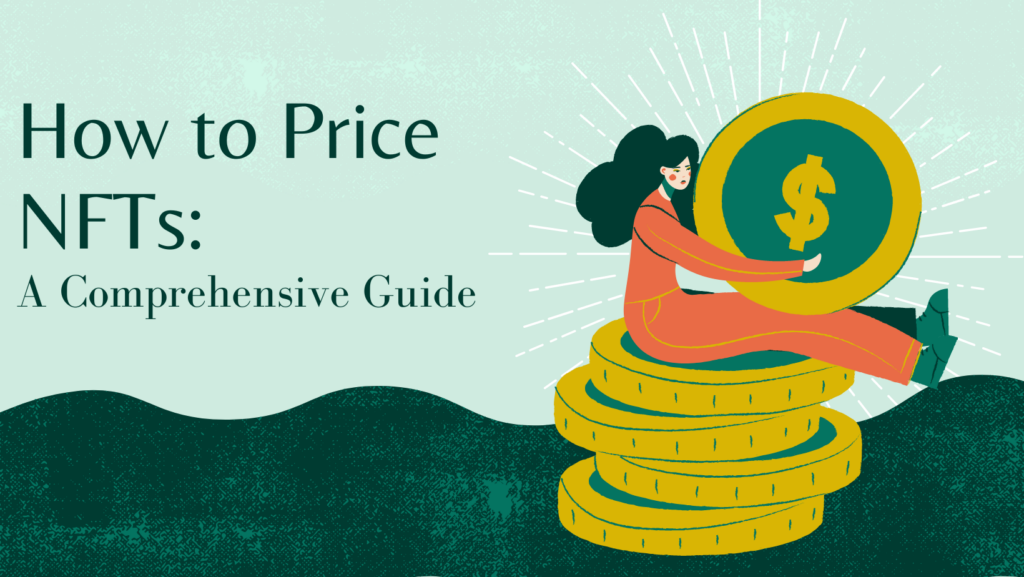
Non-Fungible Tokens (NFTs) have attracted a lot of interest recently and are upending the digital economy. The way we understand and exchange digital assets has been revolutionized by NFTs, which range from music and art to virtual real estate and antiques. But precisely what is an NFT?
The term “NFT” stands for “Non-Fungible Token,” and it refers to a special digital object or asset that is kept on a blockchain, usually on systems like Ethereum. Each NFT is unique and can’t be copied or transferred one-to-one, unlike cryptocurrencies like Bitcoin and Ethereum, which are fungible and interchangeable.
Uniqueness and Ownership:
The capacity of NFTs to establish verifiable ownership and provenance of digital assets is their defining characteristic. Whether it’s a work of art, a video clip, a virtual item in a game, or even a tweet, NFTs offer a transparent and secure means to authenticate the authenticity and ownership of a specific item.
How NFTs work:
NFTs are produced by minting digital assets onto a blockchain, which is how they operate. This procedure entails verifying the asset’s legitimacy, associating a special identifier with it, and logging the ownership information. The blockchain serves as a decentralized ledger that verifies and preserves the transactional history, preserving the NFT’s integrity.
Value and Markets:
An NFT’s value is based on a variety of variables, including scarcity, demand, perceived value, and the creator’s reputation. Creators can list and sell their digital assets on NFT markets to enthusiasts and collectors directly. These platforms ease transactions, offer exposure, and frequently have options like secondary sales and auctions.
NFTs have opened up new opportunities for content providers, musicians, artists, and collectors alike. Without the aid of middlemen, artists can more readily commercialize their digital works and reach a global audience. Unique digital assets can be owned and traded by collectors, generating a sense of exclusivity and ownership in the digital sphere.
In the digital sphere, Non-Fungible Tokens have become a ground-breaking innovation that combines technology, art, and ownership. NFTs have changed how we view, value, and exchange digital assets by offering a safe and open method for confirming ownership and validity. The NFT ecosystem will likely have a large impact on a variety of businesses and creative communities as it develops, providing new options for expression, innovation, and monetary gain.
How to Price NFTs: The Comprehensive Guide
In this comprehensive guide, we will explore the key considerations when pricing NFTs and provide practical tips to help artists, collectors, and enthusiasts navigate this rapidly evolving landscape.
- Understanding the value of NFTs: Prior to determining an NFT’s price, it is crucial to fully understand the elements that determine its worth. These elements consist of:
- Scarcity: A limited supply raises the value associated with an NFT. By printing a limited quantity or an original work, artists can create a sense of scarcity.
- Originality: NFTs with distinctive and unique content are typically more sought-after. Demand is fueled by rarity and authenticity.
- Creator Reputation: The perceived value of an artist’s NFTs might vary depending on their standing in the community, historical sales, and reputation.
- Concept and Aesthetic Appeal: The NFT’s artistic concept, level of excellence, and aesthetic appeal can have a big impact on its worth.
- Researching the market:
Before determining an NFT’s price, look into recent market trends and similar sales. Look at what follows:
- Comparable NFTs: In terms of style, medium, edition size, and artist renown, look for NFTs that are comparable. To determine the value in the market, examine their sales history.
- Markets and Auctions: To determine the level of interest in comparable NFTs, keep an eye on current auctions, profitable transactions, and price ranges.
- Artist Background: Look up the artist’s history, prior sales, and online presence. This data can be used to spot pricing trends.
- Setting a Competitive Price:
After you have a firm grasp of the value and the market, take the following elements into account when setting the price of your NFT:
- Base Price: Establish a pricing starting point by calculating the production costs, the amount of time required, and any additional expenditures (such as minting or petrol fees).
- Artist Reputation: If you are a well-known artist, you could be able to charge more because of your standing. In order to gain a following, newcomers might need to start with lower costs.
- Demand and Popularity: Consider how much interest there is in your work. Higher pricing may be justified by increased demand, but it’s important to strike a balance to keep prospective purchasers happy.
- Rarity and Editions: For limited editions, take into account tiered pricing structures, with early editions priced lower to pique interest at first.
- Timing and Trends: Keep up with current events and hot topics in the NFT industry. Pricing may be positively impacted by matching your product with market demand.
- Making Modifications and Experiments: NFT price is not fixed. It is essential to keep track of your sales and modify your pricing as the market changes. Think about these elements:
- Iterative Approach: Experiment with various price methods if your NFTs aren’t selling. Price adjustments should be made gradually until you find the sweet spot.
- Feedback from the community: Interact with your audience and gather opinions. You can improve your pricing strategy by learning useful information from collectors and enthusiasts.
- Bundling and Discounts: Offer one-time deals, group several NFTs together, or offer special benefits to entice customers.
- Transparency and communication:
When pricing your NFTs, make sure there is clear communication with prospective customers about the value offer. Give specific details about the artwork, its distinctiveness, and the inspiration for it. Using social media, blogs, or newsletters to interact with your audience can help you establish a personal connection.

Importance of Accurately Pricing NFTs:
It is crucial to price NFTs accurately for a number of reasons.
Firstly, it establishes the perceived value of the digital asset and makes sure that both the seller and the buyer are happy with the deal. A fair exchange for the creator’s efforts and the buyer’s investment is made when the price for the NFT accurately represents its quality, scarcity, and demand.
Second, correct pricing enhances the NFT market’s overall reputation and stability. It develops trust among collectors, investors, and artists when NFTs are consistently priced based on their intrinsic value, supporting a wholesome and sustainable ecology.
Furthermore, precise pricing enables artists to better grasp their market value and make wise choices regarding their creative endeavors. They can use it to draw in potential customers, determine the amount of demand for their products, and develop a devoted following.
Last but not least, proper pricing supports the NFT market’s long-term survival. The market can prevent speculative bubbles and ensure that NFTs maintain their value over time by avoiding inflated or undervalued prices.
Conclusion
In conclusion, pricing NFTs can be a complex and nuanced process, but by following some key considerations and strategies, it is possible to establish fair and reasonable values for these unique assets. Factors such as the rarity, provenance, and desirability of the NFT should be taken into account, as well as trends in the wider NFT market. Additionally, adopting a transparent and collaborative approach to pricing, as well as seeking out expert advice and utilizing tools such as data analysis and market research, can help creators, sellers, and buyers alike make informed decisions and achieve success in the rapidly evolving world of NFTs.


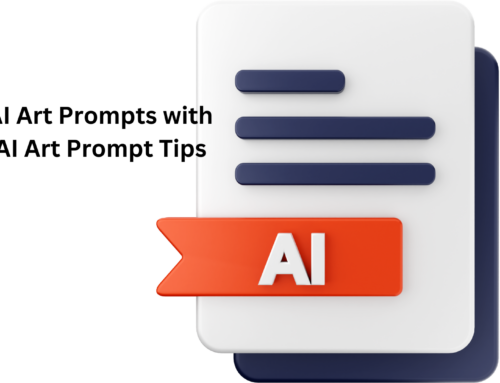
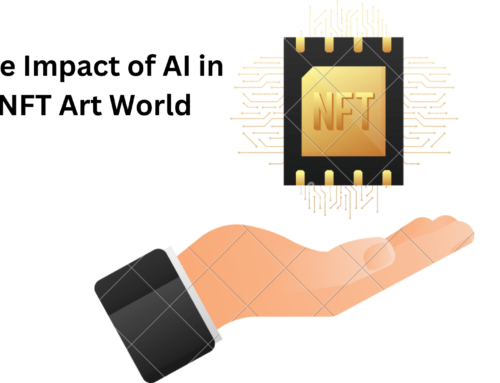
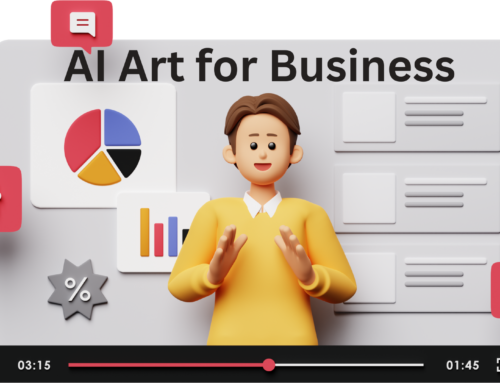
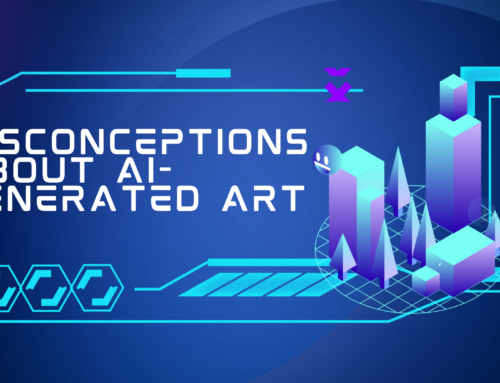


Leave A Comment